Descripción
Este libro independiente, que consta de siete capítulos, está dedicado a la teoría del filtro de Kalman aplicada al entrenamiento y uso de redes neuronales, y algunas aplicaciones de algoritmos de aprendizaje derivados de esta forma. Está organizado de la siguiente manera: el Capítulo 1 presenta un tratamiento introductorio de los filtros de Kalman, con énfasis en la teoría básica del filtro de Kalman, el suavizador de Rauch-Tung-Striebel y el filtro de Kalman extendido.
El Capítulo 2 presenta la base teórica de un poderoso algoritmo de aprendizaje para el entrenamiento de perceptrones multicapa recurrente y feedforward, basado en el filtro de Kalman extendido desacoplado (DEKF), la teoría presentada aquí también incluye una técnica novedosa llamada transmisión múltiple. Los capítulos 3 y 4 presentan aplicaciones del algoritmo de aprendizaje DEKF al estudio de secuencias de imágenes y la reconstrucción dinámica de procesos caóticos, respectivamente.
El Capítulo 5 estudia el problema de estimación dual, que se refiere al problema de estimar simultáneamente el estado de un sistema dinámico no lineal y el modelo que da lugar a la dinámica subyacente del sistema. El capítulo 6 estudia cómo aprender dinámicas estocásticas no lineales. Esta difícil tarea de aprendizaje se resuelve de manera elegante mediante la combinación de dos algoritmos: 1. El algoritmo de maximización de expectativas (EM), que proporciona un procedimiento iterativo para la estimación de máxima verosimilitud con variables ocultas faltantes. 2. El algoritmo de suavizado de Kalman extendido (EKS) para una estimación refinada del estado
El capítulo 7 estudia otra idea novedosa, el filtro de Kalman sin perfume, cuyo rendimiento es superior al del filtro de Kalman extendido. Excepto el Capítulo 1, todos los demás capítulos presentan aplicaciones ilustrativas de los algoritmos de aprendizaje descritos aquí, algunos de los cuales implican el uso de datos simulados y de la vida real. Gran parte del material presentado aquí no ha aparecido antes en forma de libro. Este volumen debería ser de gran interés para los investigadores en redes neuronales y sistemas dinámicos no lineales.
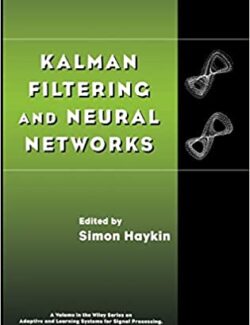
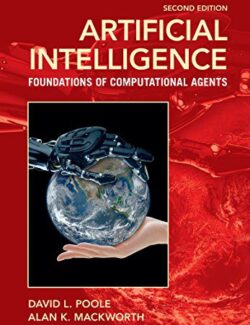


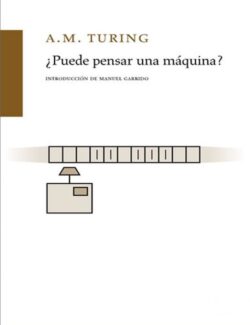
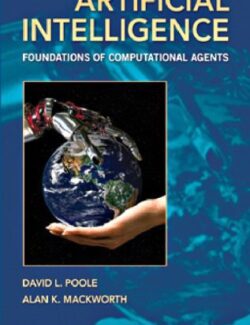
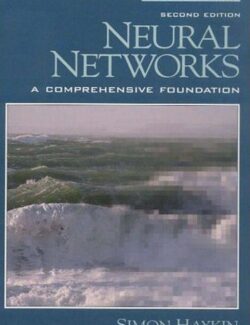
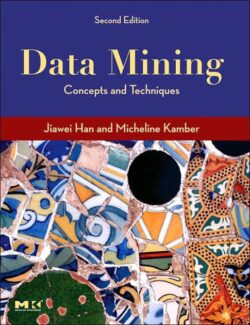

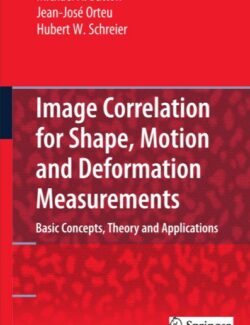
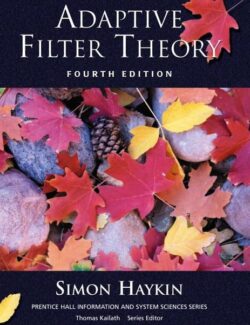
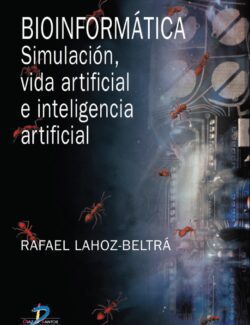
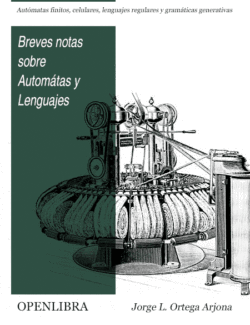
Déjanos un comentario
No hay comentarios